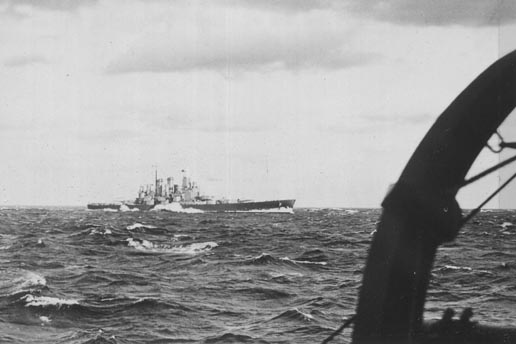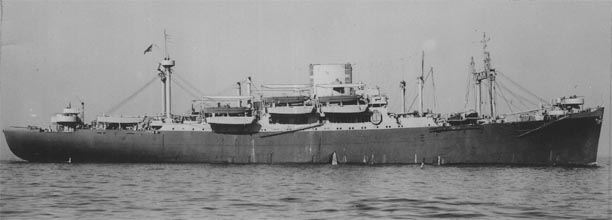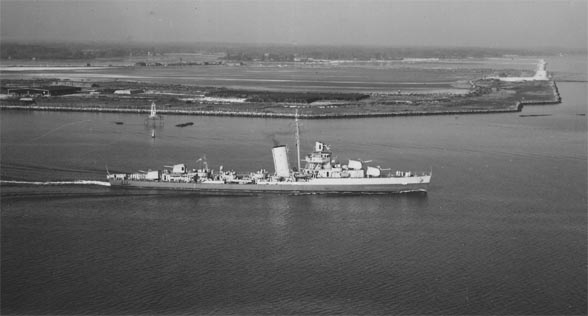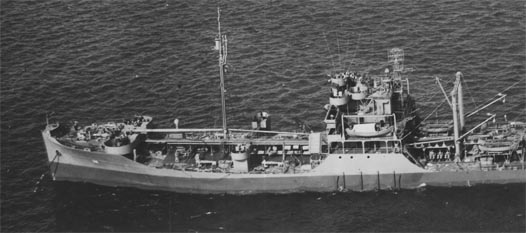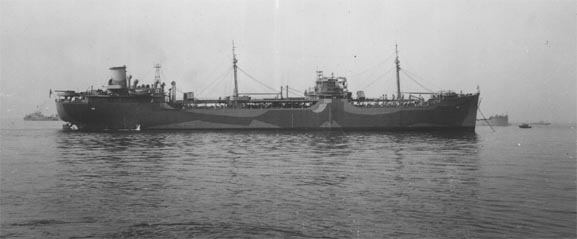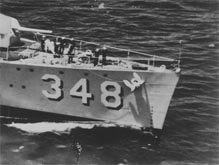| File No: S19-7 (330)
CONFIDENTIAL |
NAVY DEPARTMENT BUREAU OF SHIPS WASHINGTON, D. C. |
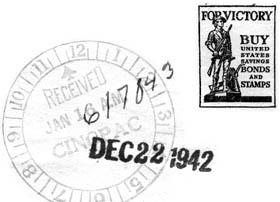 |
| From: | The Chief of the Bureau of Ships | |
| To: | The Commander in Chief, Pacific Fleet. | |
| SUBJECT: | Camouflage Painting. | |
| Reference: | (a) | Pacific Fleet Confidential Memorandum 34CM-42. |
| Enclosure: | (A) | Copy of BuShips conf. Memorandum for File of 2 Dec., 1942, "Effectiveness of Camouflage Measure 22". |
1. By reference (a) Measure 21 was prescribed for surface ships, less hospital ships, of the Pacific Fleet. Commander Task Force 8 was authorized to prescribe Measure 16 for ships of his command.
2. The Bureau of Ships requests comments as to:
(a) The extent to which Measure 16 has been used by units of the Pacific Fleet.
(b) The effectiveness of the camouflage measures with which experience has been obtained, together with comments for their improvement.
3. The Bureau is considering the inclusion of pattern camouflage measures in the next edition of Ship Camouflage Instructions. Comments as to the suitability of this type of camouflage for the Pacific Fleet would be of value to the preparation thereof.
| Copies to: Cominch (with encl.) Cinclant |
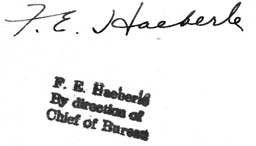 |
